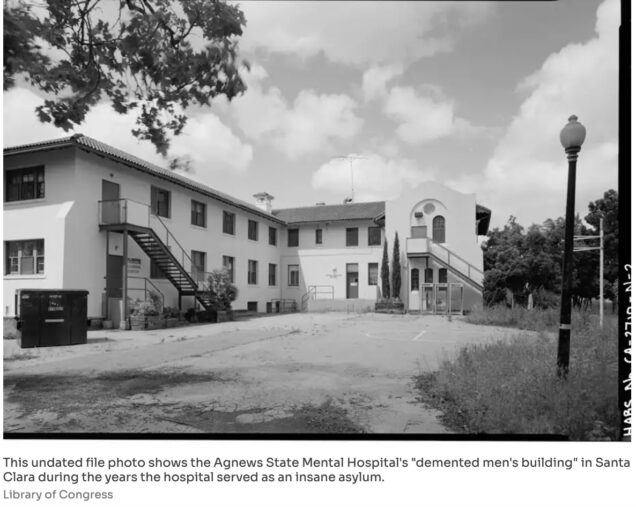Mental Health Facilities Needed
We need more mental health facilities in the U.S. to prioritize the care and treatment of our growing number of serious mental health issues. The topic of mental health should be socialized clearly and more broadly to remove the still-existing negative stigma. Social media ‘influencer’ culture of the past two decades turned our society into a disposable, transient one where depth of meaning got lost and taking care of humanity became tedious and dull. Today’s society seems more keenly aware of our interconnectedness and that to take care of only our strongest members is a disservice to everyone… I hope we are seeing a return to humanity now.
We are also living in a highly mutable, borderless, boundaryless world. One where a global viral outbreak shut down economies and affected people’s health for generations to come, potentially. The impact of medications we take, vaccines or shots we receive, food and water we consume; everything we ingest can be felt and seen for years to come. The side effects of these elements can also produce general and mental health conditions like heart conditions, depression, anxiety, PTSD, and more. If this can happen to anyone, where would we go for support and help that would be a permanent or semi-permanent solution?
More state run and supported mental health facilities are needed in the U.S., especially now and especially in my home state of California where we have been seeing an increasing number of mental health issues. Policymakers need to prioritize taking care of mentally ill patients. Money is needed for research, development, treatment, outreach, and education. We put money toward other resources like technology, which is critical for society’s advancement, but we are leaving our most vulnerable members unattended and untreated. Some of the downstream impacts of this ongoing neglect can range from increased homeless populations to more mass shootings.
A local mental health hospital that used to operate in my local town from the 1970’s until early 2000’s (Agnews) is still referred to on some websites as an ‘insane asylum’ or “The Great Asylum for the Insane”. (Moffitt, 2021). We have reached a higher-level intellectual understanding of mental illness now.
We have reached a higher-level intellectual understanding of mental illness now.
“The treatment of the insane in California dates from the earliest days of the Gold Rush. The first provisions for the insane were to lock them up with criminals in the ship Ephemia, purchased in 1849 by the City of San Francisco, and later to house them at the San Francisco marine hospital in 1850, used primarily for ailing seamen.” (NPS, 2018).
This was the language of my generation and priors: “newspapers of the early 20th century routinely described [patients] as “mad,” “demented” or the tabloid-friendly “lunatics.”” (Moffitt, 2021). These connotations are negative and counterproductive. The slurs do not accurately describe or reflect the myriad of conditions that are identified and considered today. We have come a long way in many other advancements, it is time to progress and provide adequate support for mental health to improve our society, economy, and stability as a people.
References
National Park Service. (2018, Jan 26). Agnews Insane Asylum. https://www.nps.gov/places/agnews-insane-asylum.htm
Moffitt, M. (2021, Oct 26). A last peek inside Bay Area’s abandoned ‘Great Asylum for the Insane’ before it disappears forever. SF Gate. https://www.sfgate.com/local/article/Abandoned-San-Jose-insane-asylum-Agnews-ruins-13527415.php